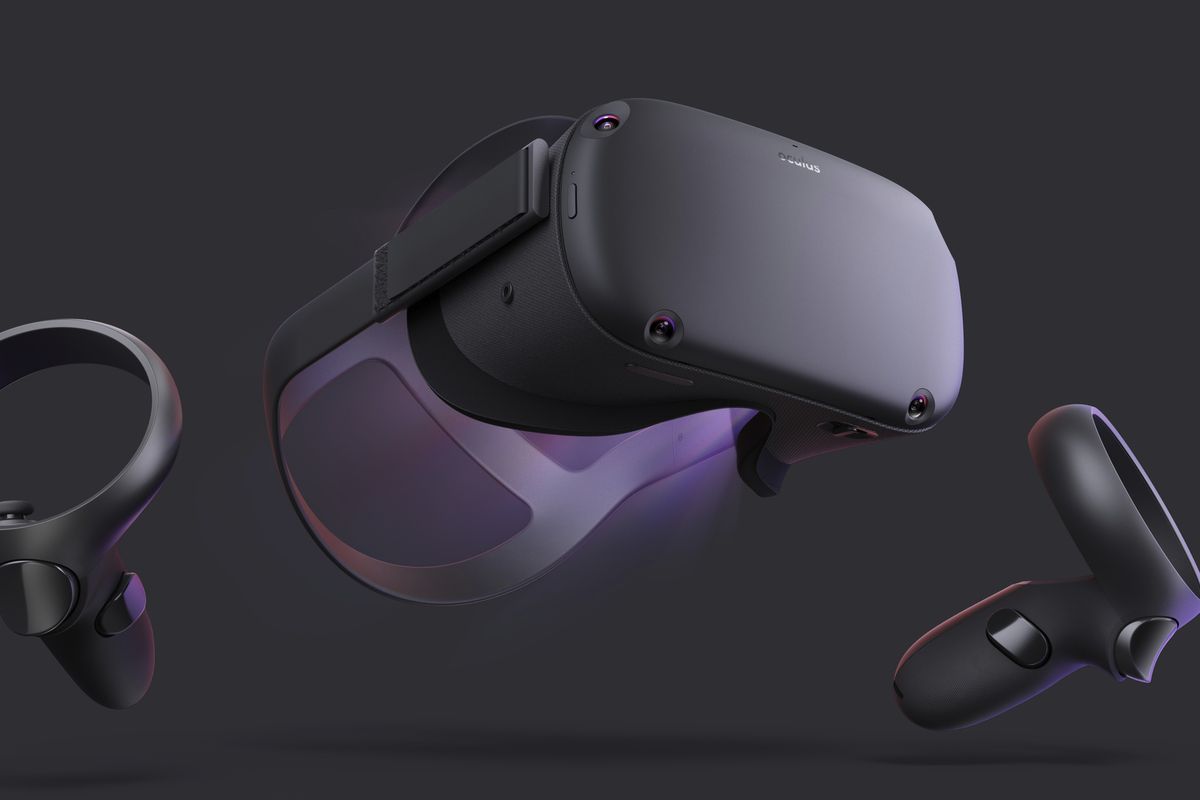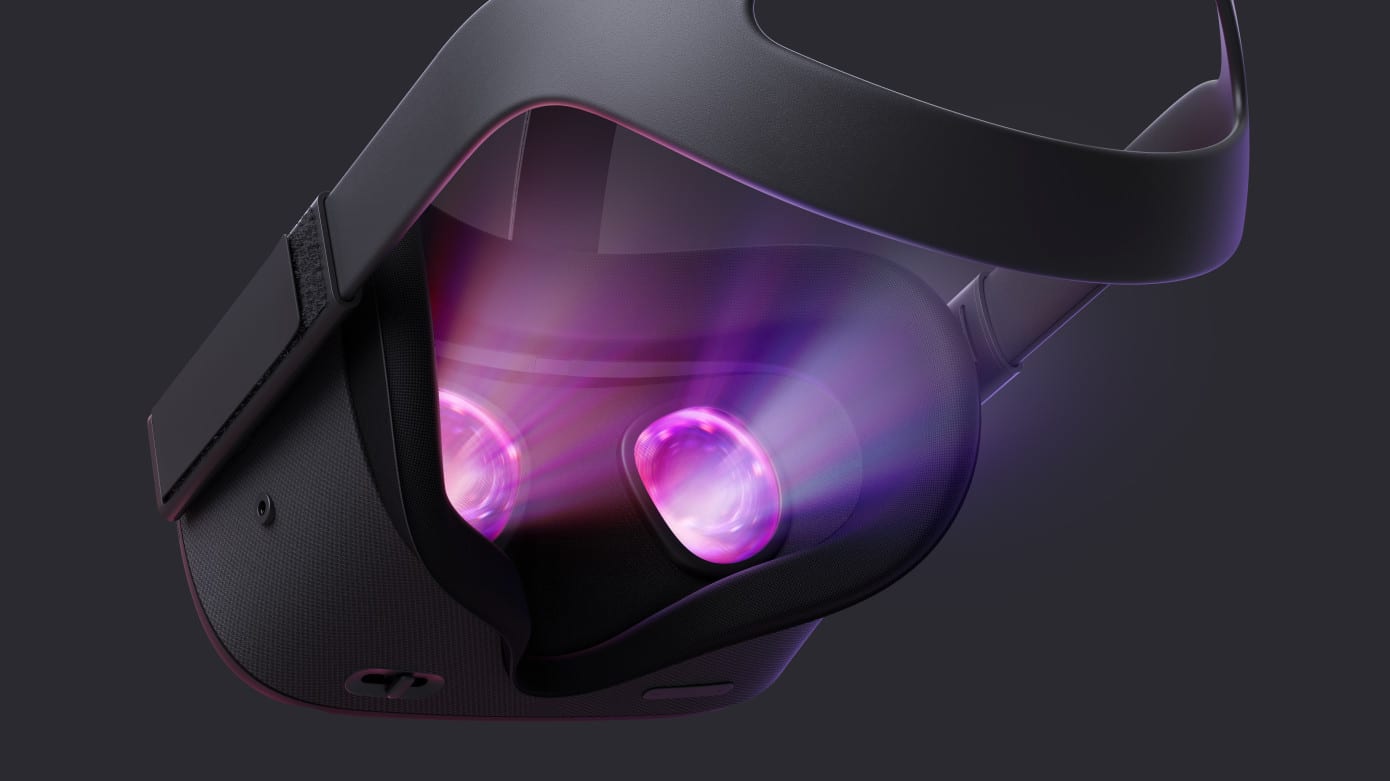
This post is adapted from ARtillery Intelligence’s latest report, VR Usage & Consumer Attitudes, Wave III. It includes some of its data and takeaways. More can be previewed here and subscribe for the full report.
Picking up where we left off last week, how does the latest round of consumer VR survey data align with what we’re seeing in the broader market? For one, many of the consumer sentiments this survey round (Wave III) support the industry’s evolution towards standalone headsets.
Here, Oculus Quest is the wild card. It’s new to the market as this report is being written (survey data were fielded before its market launch). It could have an Oculus Go-like effect of making VR cheaper and more accessible to more people, but with higher-end positionally-tracked VR.
Reviews have been overwhelmingly positive for the $399 standalone VR device. Its quality goes back to Facebook’s loss-leader approach we often cite, wherein it sacrifices margin to reduce cost and boost sales, pursuant to its platform strategy. Facebook is betting big on VR.

Optimizing Specs
The result is a device with a quality/cost ratio that outperforms the rest of the market. Our favorite reviewers — the always in-depth and insightful folks at Tested — agree with this take, and even assert that consumers should take advantage of Facebook’s thin margins on Quest.
“This is Facebook accelerating adoption by subsidizing and selling these at very little margin,” said Tested’s Jeremy Williams. “That’s something the competitors can’t necessarily do, but we as consumers can take advantage of it. This is a device that probably shouldn’t exist at this price.”
One of Quest’s marks of quality for example is how well Oculus was able to optimize performance with limited specs. The device is run by a Snapdragon 835 chip, which essentially gives it the processing power of an average Android smartphone. But it makes efficient use of this limitation.
“I was surprised by how few compromises there were,” said Tested’s Norman Chen. “Yes, there are going to be technical limitations: it has to run on a battery, it’s not going to run graphics to the fullest. But the display looks fantastic, the optics look fantastic, and the tracking is rock solid.”

Smooth and Fun
Beyond Oculus’ work in creating a device that deals well with its own technical limitations, the same challenge will be put to developers. Just like with Oculus Go, they’ll optimize the UX for limited processing by creating less graphically-intensive and textured game elements.
“It’s very much about graphical styling,” said Williams. “There’s been six months of optimization, and developers are learning how to get the most out of this processor. I’m really impressed with what the first generation of games are able to pull out… It’s just going to get better.”
Tracking has been another consistent praise from reviewers. Hand tracking was developed for precision in movement-intensive games like Beat Saber, which appears to have paid off. This is impressive, given that tracking draws from the same core processor as the rest of the device.
“Controllers move fluidly and let you move your fingers to make it feel like you can reach out and grab things,” said CNet’s Scott Stein. “Bouncing balls… grabbing a baseball bat… dancing with a virtual robot… the controls are the best thing about Quest. Most games are smooth and fun.”

Closed Platform
Freedom of movement has also been a source of praise, as expected. The tethered experience of PC-VR has always distracted from the immersion and presence that VR is meant to evoke. And though standalone hardware has processing limitations, it’s another welcome tradeoff.
“I’ve been using VR for a long time and I’ve gotten used to stepping around wires,” said the Verge’s Adi Robertson. “But not having to worry about tripping while I’m jumping around a sports game or pausing an adventure game to face the cameras feels better than I thought it would.”
As for other limitations, Quest is a closed platform with a limited/curated set of experiences. Then again, curation may appeal to new and novice VR converts (the intended audience) otherwise intimidated by the wild-west quality variance of VR’s independent game libraries.
“Oculus seems to be betting that a lot of people will be happy with a convenient, lower-powered headset that plays a smaller number of games,” said Robertson. “Sony [PSVR] is making the same play… Oculus could tap into that market with something that’s even more convenient.”

iPhone Moment
Speaking of convenience, another perk that joins a long list of improvements is setup. Oculus Insight tracking system eschews the previous outside-in system of the Rift. Setting up a play area is fast & easy, which is another key attribute needed to appeal to regular folks and accelerate VR.
“If you are using VR for fun, you want a seamless experience and that’s what Oculus is trying to deliver here,” said Robertson. “It’s simplified things that used to be annoying. You can just draw a line to set up virtual boundaries, for instance, instead of physically walking around the room.”
Bottom line, Quest has technical compromises but does a good job dealing with them. Larger market factors will prevent it from being VR’s “iPhone moment,” as some have speculated. But it doesn’t matter: Quest is a solid device in its own right, and is what VR needs right now.
“Quest is the best hardware version of a mobile VR experience that I’ve ever seen, and the price is not crazy high,” said Cnet’s Stein. “Sure, more advanced ideas will happen, and this isn’t the last step in immersive tech, but Oculus Quest is a major moment in self-contained VR.”
See more details about this report or continue reading here.
For deeper XR data and intelligence, join ARtillery PRO and subscribe to the free AR Insider Weekly newsletter.
Disclosure: AR Insider has no financial stake in the companies mentioned in this post, nor received payment for its production. Disclosure and ethics policy can be seen here.
